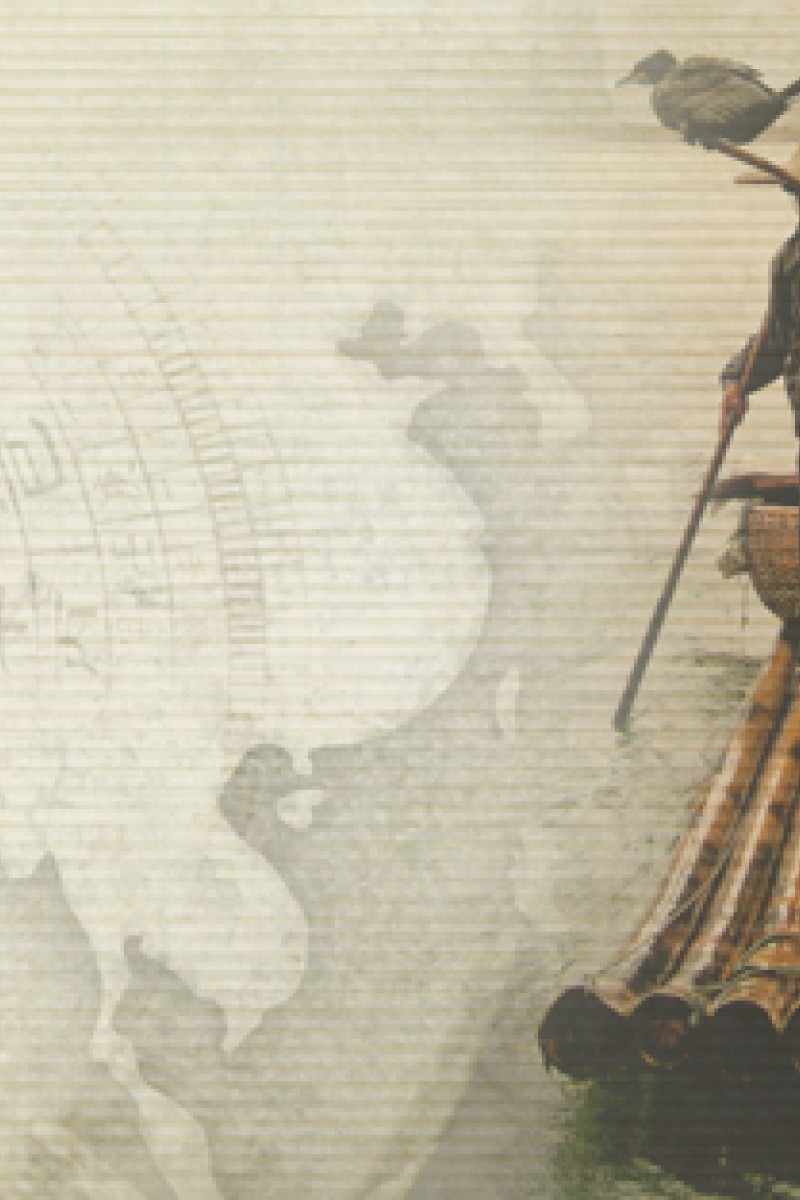
Contact between the mainland and Taiwan goes back to the New Stone Age 5,000 years ago. That was when the first Chinese farmer-mariners crossed the channel from the Fuzhou Basin in search of new farmland.
Barry Rolett knows all about it. The University of Hawaii anthropologist has a passion for ancient seafaring history. He has spent the past decade researching the Taiwan Strait. Working with Chinese archaeologists and geologists, he has helped to paint a clearer picture of the first open-sea voyages.
His team drilled deep into the banks of Fuzhou Basin, where a pair of ancient settlements sit, to collect sediment cores. Through radiocarbon dating of wood and plant remains, they estimated when and for how long particular environmental conditions persisted in the area.
Rolett found that 8,000 years ago rising sea levels left much of the Fuzhou Basin submerged. Local marsh lands, which had been ideal for growing rice, were flooded with salt water, making them useless for farming.
What we see today as hilltops lying 50km inland were then small islands rising only 23metres above sea level.
Small settlements sprung up southwards on the newly formed, unexplored islands. The inhabitants of the Fuzhou Basin, made up largely of rice farmers, were forced to become sea fishermen to feed the growing population.
"People [there] lived on little islands in an estuary that favoured maritime activities and seafaring," Rolett says. "Rice farming was not part of the equation."
Archaeological evidence shows that the inhabitants changed their diet from rice to seafood. As the fishermen ventured farther out to sea, they eventually discovered Taipei.
Researchers found a 7,700-year-old canoe and three wooden paddles in the Yangtze Delta just north of the Fuzhou Basin. No other remains of water craft from the same period have been recovered in southeastern China.
Rolett suspects early residents used bamboo rafts like those still in use today on the Min River. "Bamboo rafts maintain excellent stability on water even with sails attached," he says. "Modern versions are jazzed up by styrofoam to give buoyancy."
Farming villages first appeared on Taiwan 5,000 years ago. Villages both in the Fuzhou Basin and on the island contain similar types of pottery and stone tools. "There was no material for [carving] tools like adze," Rolett says. "So they shipped flakes of [the volcanic rock] basalt in vast quantities systematically and regularly." Excavations of early Taiwanese villages also yielded small-seeded millet grains and rice.
Indirect evidence suggests that people from the Fuzhou Basin may have crossed the Taiwan Strait and ultimately established farming villages on the island.
The first two-way voyages across the Taiwan Strait initiated a long developmental period of coastal navigation marking the advent of what experts call China's "seafaring millennium".
Over the next 1,000 years, early Chinese seafarers colonised the island. They transferred their technology and culture and established commodity-based trade.
Their journeys might also have spread further south to Austronesian cultures on Southeast Asian and Pacific islands - from Polynesia and Indonesia to the Philippines.
